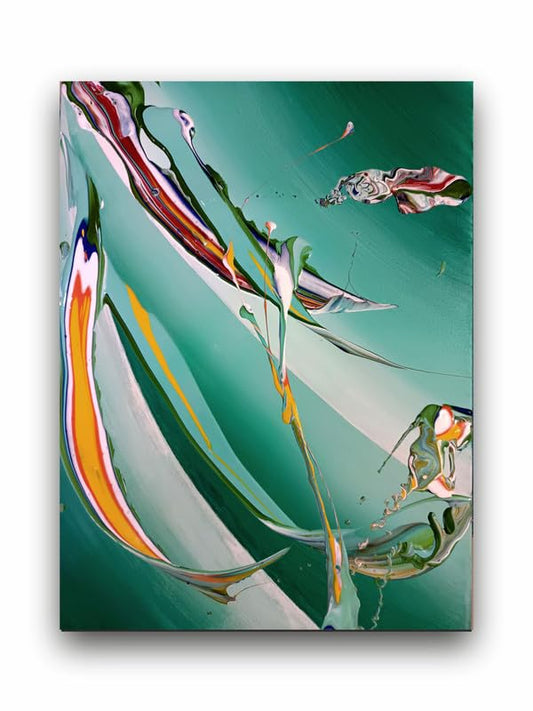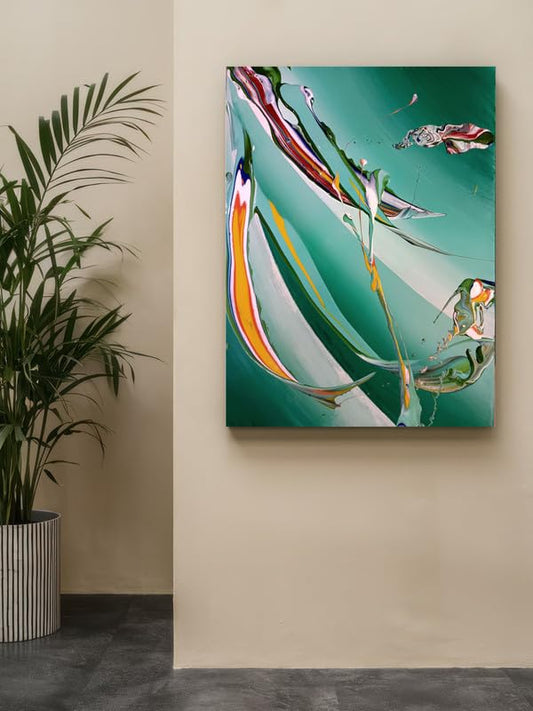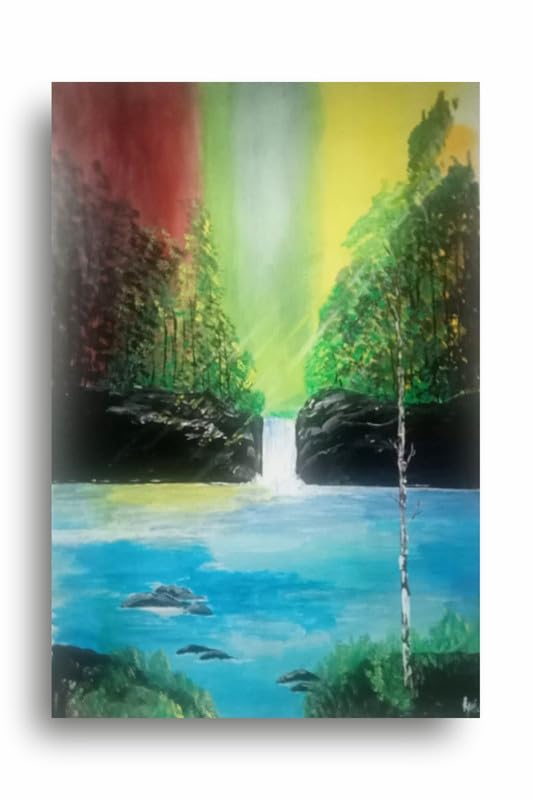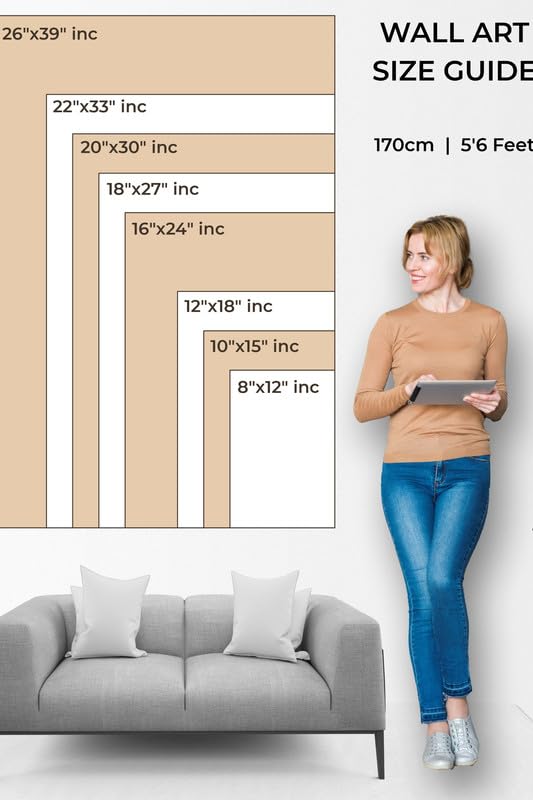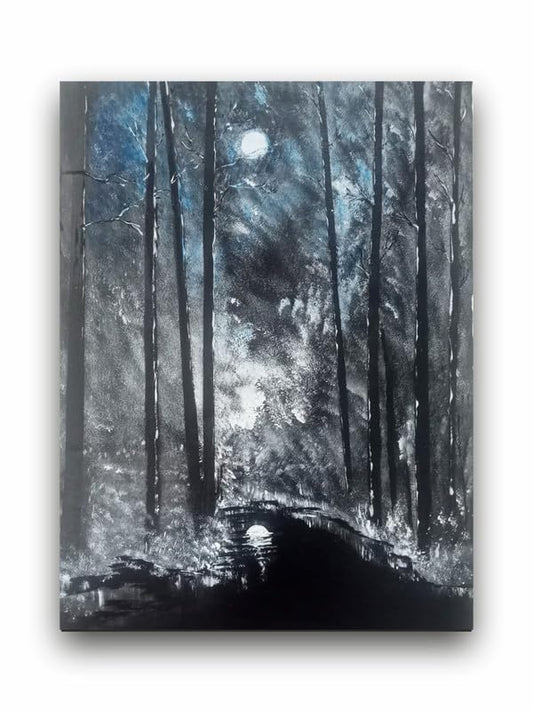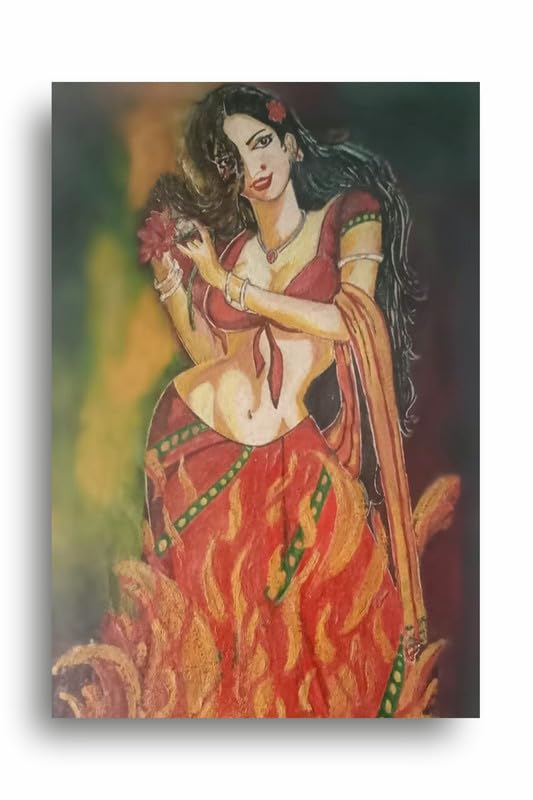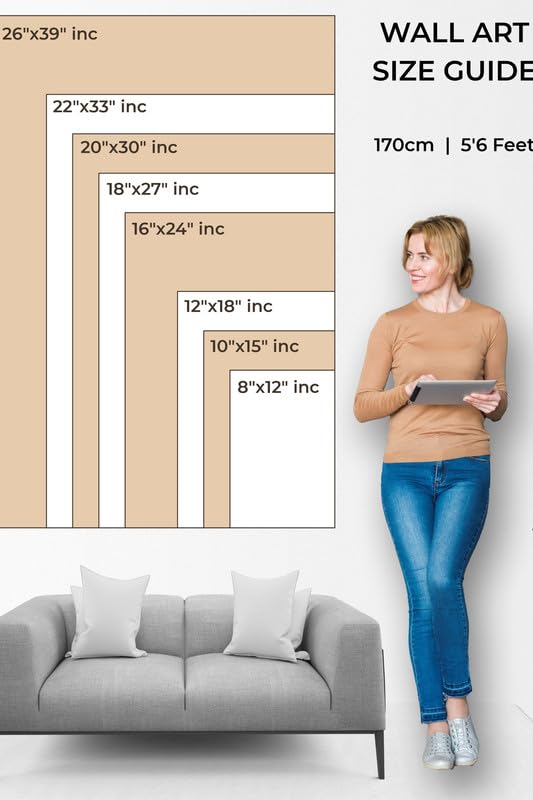
Exploring Abstract Art as a Representation of the Dreams
Exploring Abstract Art as a Representation of the Dreams
Abstract art is truly that genre of expression that resists the traditional form and presents emotional conceptual language. Leaving abstraction of realism allows those working in it to delve deep into the subconscious, capturing not what is seen, but what is felt. One of the most attractive characteristics of abstract art is its ability to depict dreams: those slippery, disjointed, and often surreal experiences that linger in the extremes of our consciousness. Abstract art, therefore, serves as a perfect means of exploration when it comes to the intangible nature of dreams.
Dreams usually are not linear or logically sound. They were full of clear vivid and chaotic imagery, fleeting feelings, and elements that resist the logic of reality. It's only here that abstract art shines. The ability of abstract painting to speak for itself through colors and forms and shapes without needing such clear and direct narrative clarity is a similar thing with the fluidity of dreams. It is often encouraged that we interpret abstract art for ourselves personally, almost like how we try to make sense of what it is that our dreams mean. It may bring happiness, fear, confusion, or nostalgia, but interpretation is subjective.
Perhaps one of the reasons abstract art is such a fitting representation of dreams is how it evades the rational mind. Abstract art defies literal interpretation, just like trying to analyze the contents of a dream. Most abstract artists draw inspiration from their subconscious or dreams, using broad brushstrokes, splashes of color, and distorted shapes to capture the elusive moments of their nighttime visions. Abstract art vividly captures deep colors and leaves the viewer with a far more surreal view into an alien, impossible world of dreams where impossible combinations and juxtapositions are the law.
The other striking similarity abstract art and dreams share is that they are emotive. For instance, a representational painting might paint a particular scene, but abstract art leaves the viewer to feel something much deeper, as if it reciprocates at the emotional level. Abstract art may create in the viewer the same sensations that dreams bring: the longing, the confusion, the wonder. The air is so generalised that it brings the viewer into one's emotional landscape, in much the same way that trying to interpret a dream.
The final aspect of abstract art relates to it almost being a window into one's subconscious world, almost like dreams. It is the land of emotions and psychology, where logic stays only because it places its throne there. In this way, abstract art is not so much a reflection of dreams but rather serves as a bridge between the conscious and the unconscious, a place where your innermost thoughts, fears, and desires can be examined in vivid, often mysterious ways.
Exploring Abstract Art as a Representation of the Dreams

